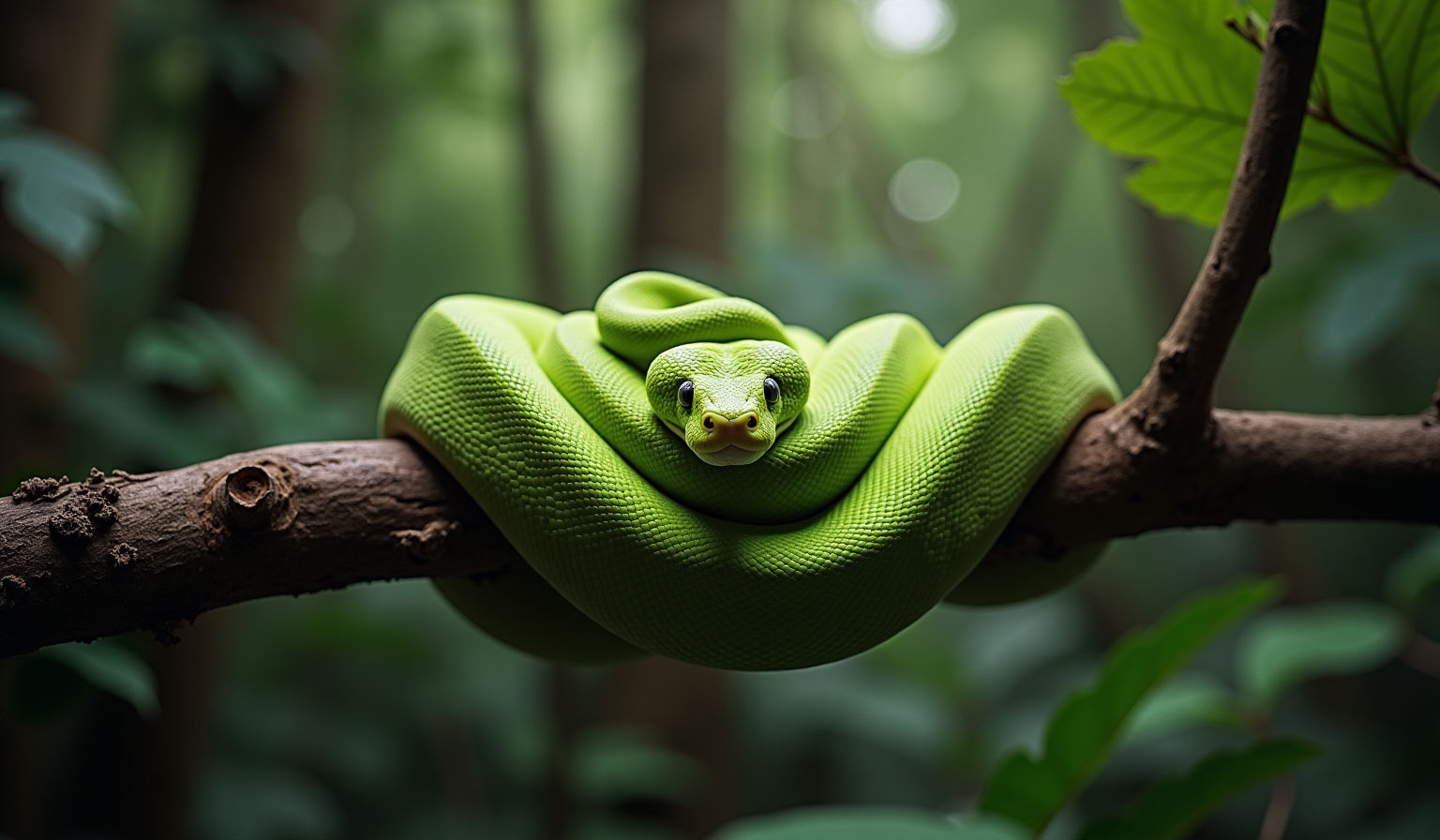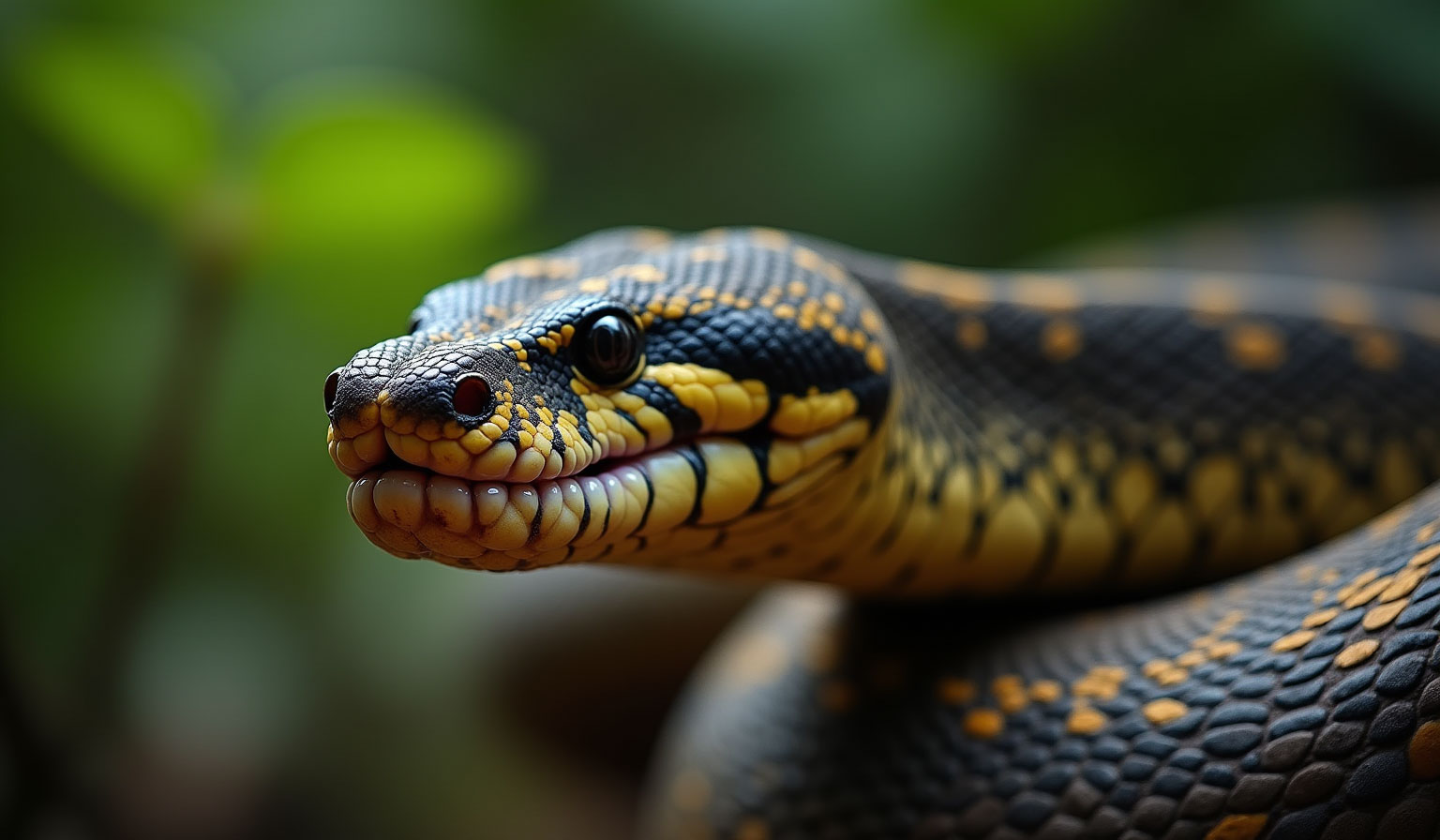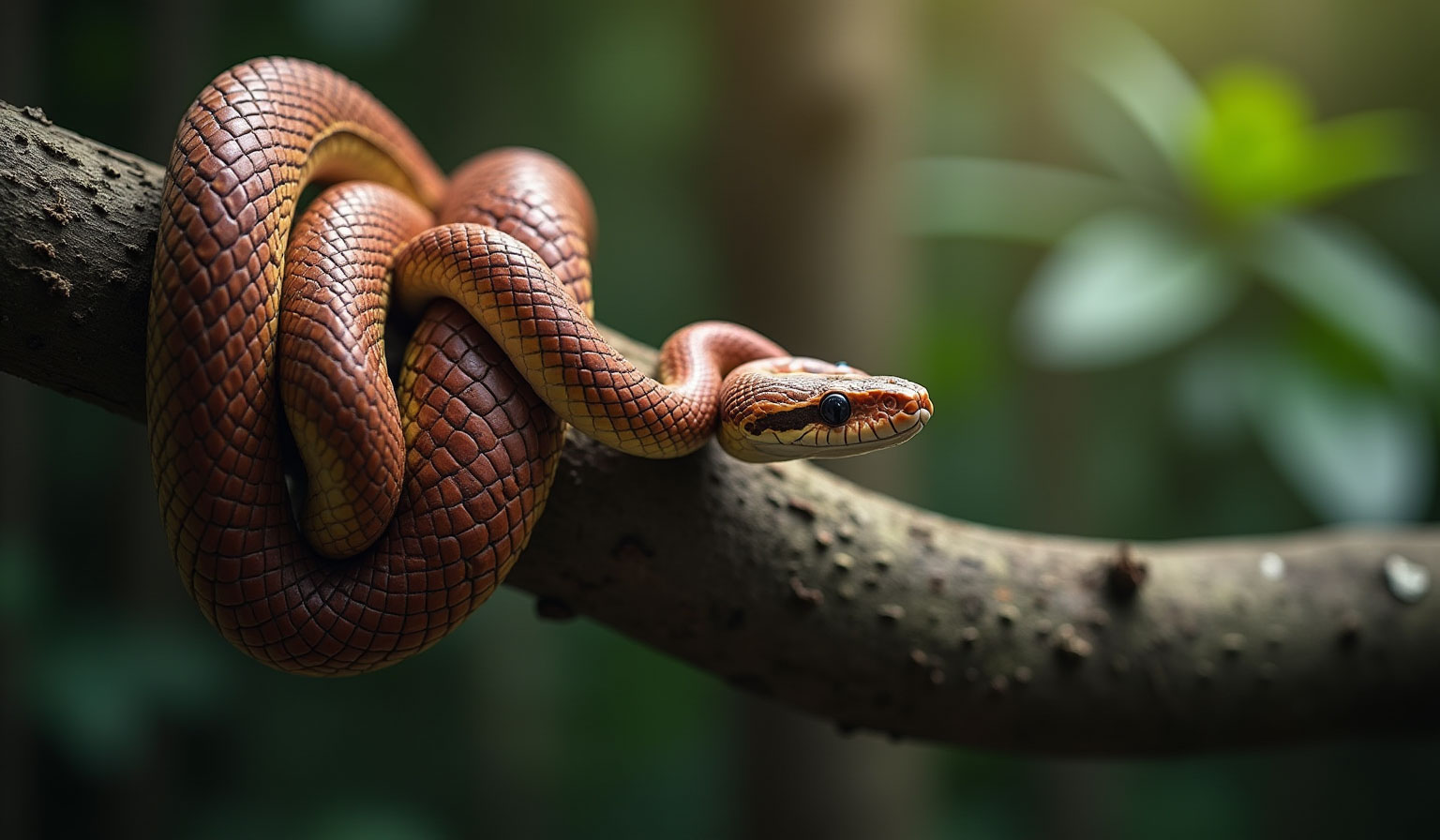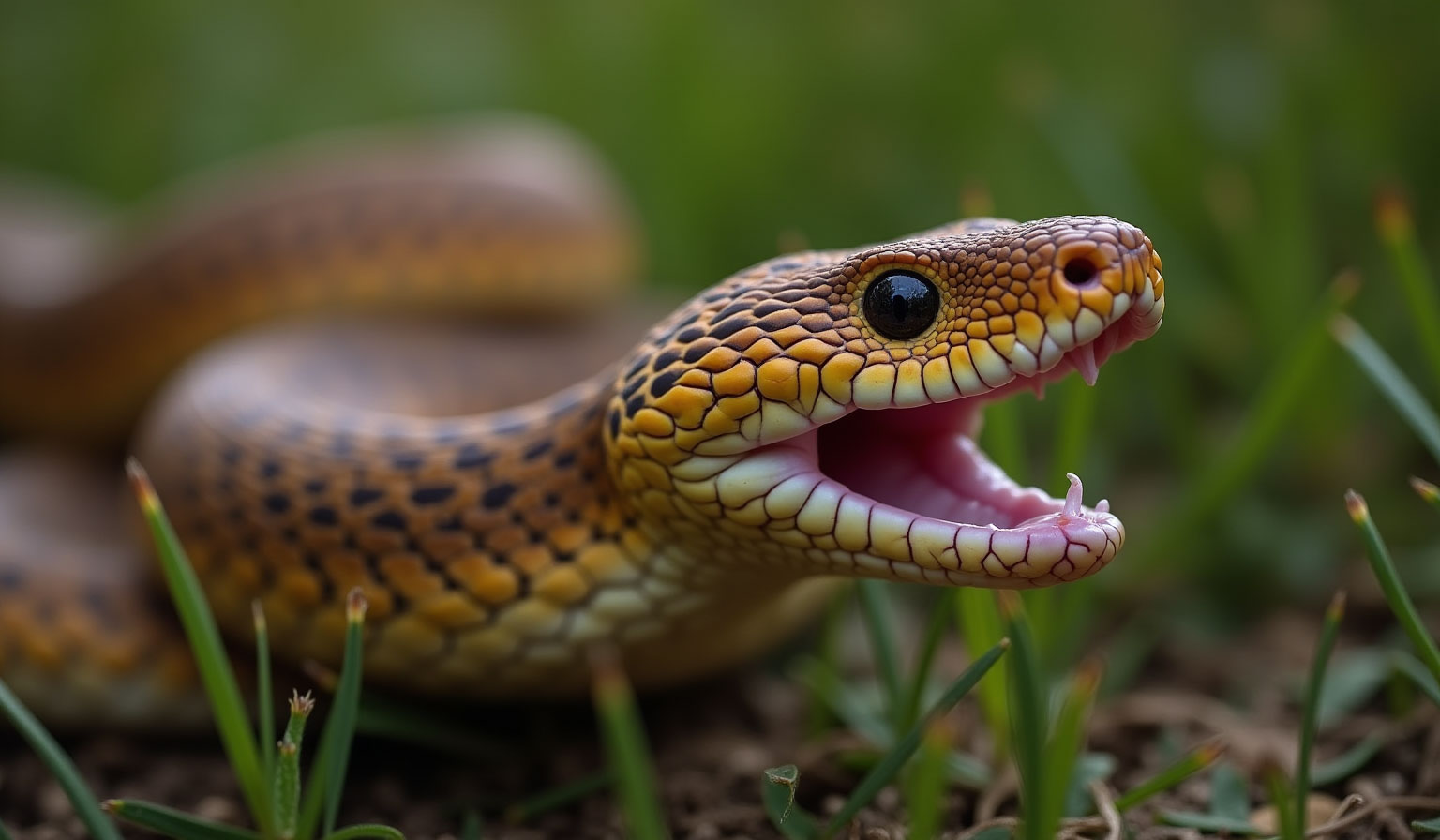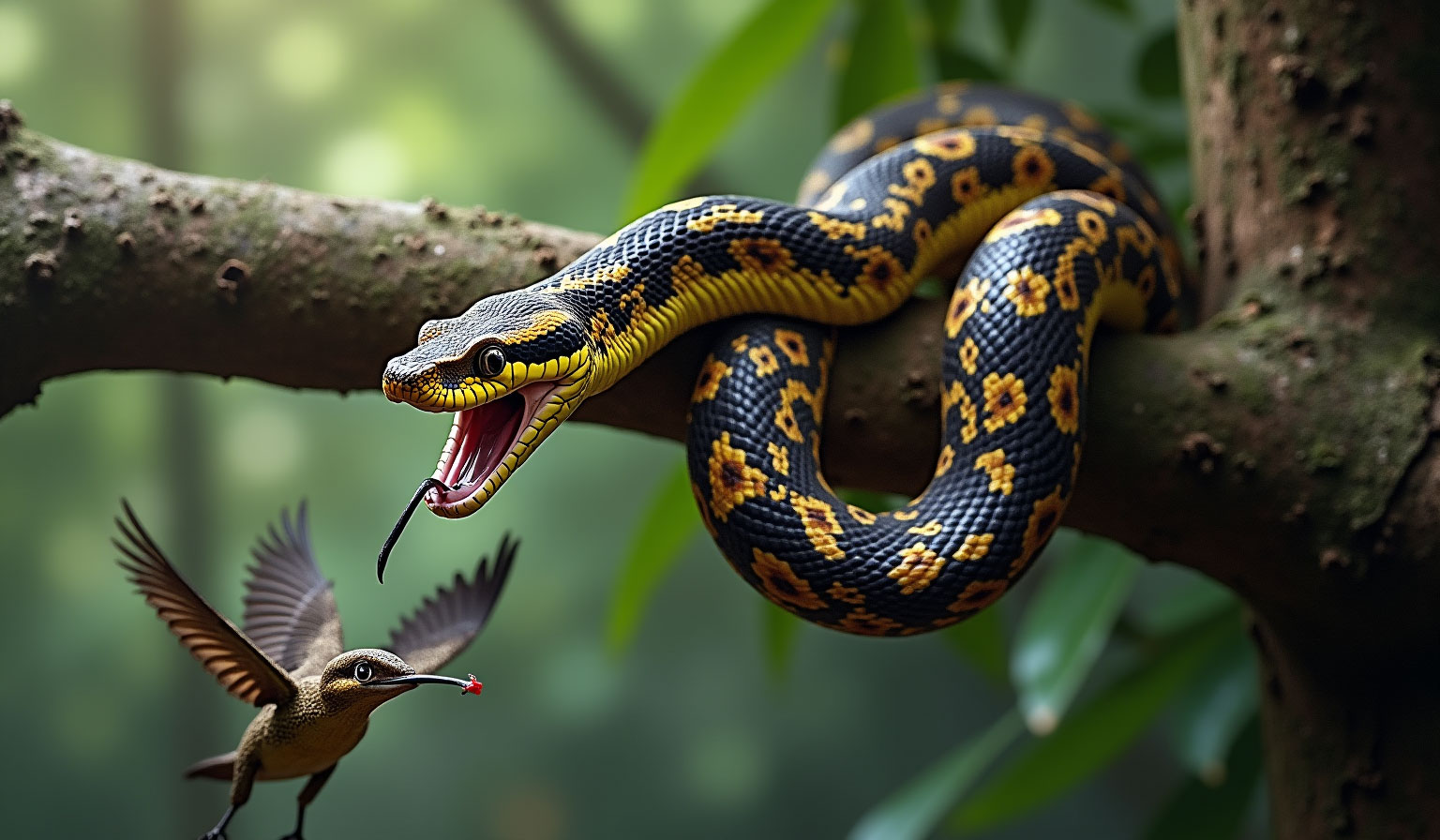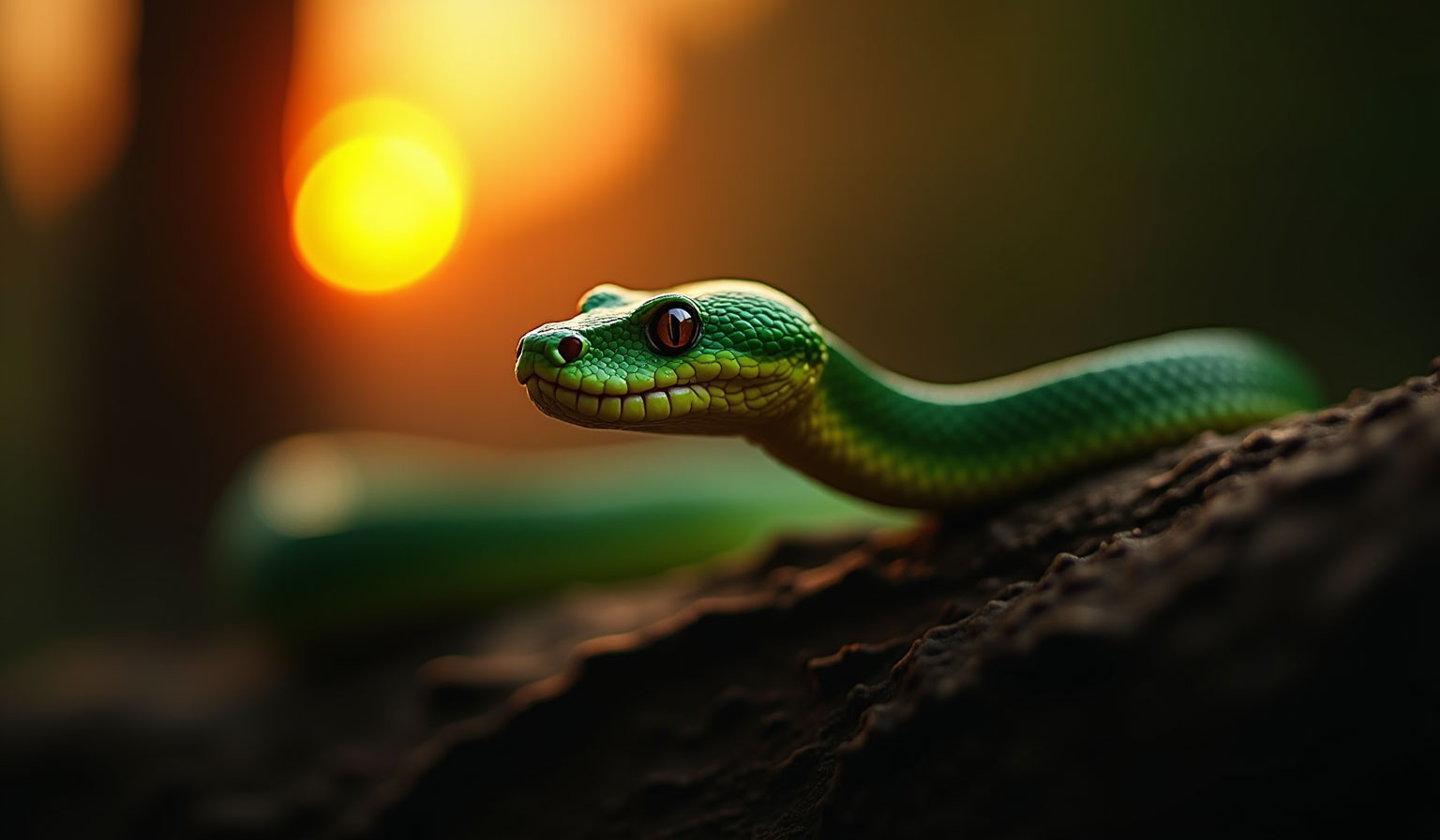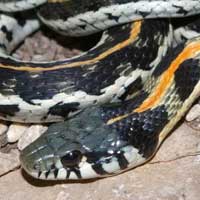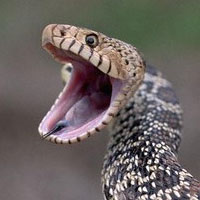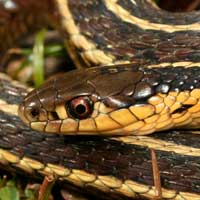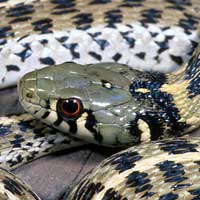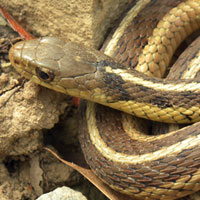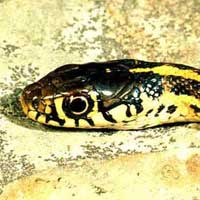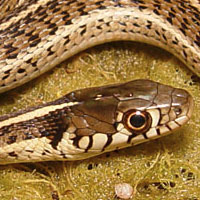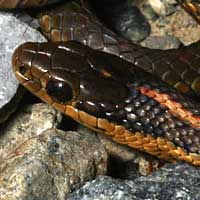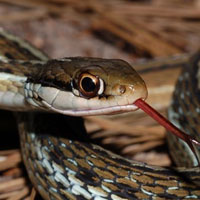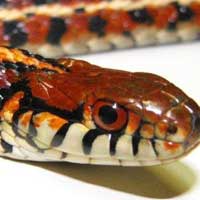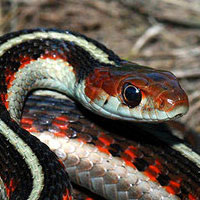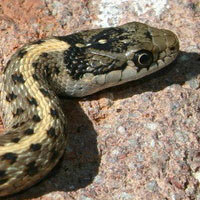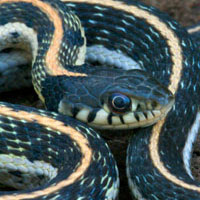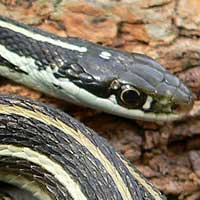Garter Snakes: The Ultimate Guide to Nature's Gentle Garden Guest
The garter snake belongs to the Colubridae family, which is the largest snake family encompassing a diverse range of non-venomous species. Its scientific name is Thamnophis sirtalis, though this name specifically refers to the common garter snake; the genus Thamnophis includes many closely related species collectively known as garter snakes.
Garter Snake Scientific Name: Thamnophis spp
Snake Family: Colubridae
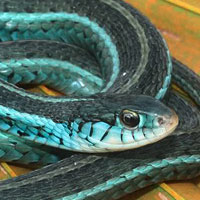
Get to Know Garter Snakes: Nature’s Backyard Ambassadors
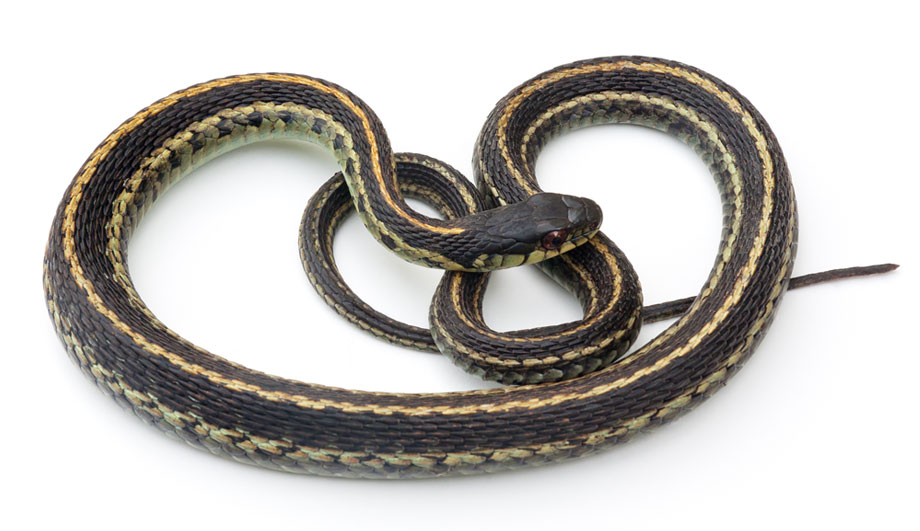
Where Garter Snakes Thrive: From Meadows to Marshlands
Garter snakes are highly adaptable and can be found in a variety of habitats throughout North America. They tend to favor moist environments but are not restricted to them. These snakes are commonly seen in:
- Meadows and grasslands
- Marshes and wetlands
- Forests with ample underbrush
- Near ponds, lakes, and streams
- Suburban gardens and yards
Their choice of habitat is influenced by the availability of food and shelter. In colder climates, they hibernate in communal dens, often returning to the same site annually. Garter snakes are also excellent climbers and swimmers, which expands their range significantly. In urban areas, they often reside under porches, garden debris, or woodpiles, staying close to a water source whenever possible.
| Region | Typical Habitat |
|---|---|
| Pacific Northwest | Coastal marshes, forest edges |
| Midwest | Grasslands, farmlands |
| Southeast US | Swamps, woodland streams |
What’s on the Menu: Garter Snake Diet and Feeding Habits
Garter snakes have a varied diet and are opportunistic feeders, which contributes to their survival in diverse habitats. Their diet includes:
- Earthworms and slugs
- Amphibians such as frogs and toads
- Small fish
- Rodents and baby birds
- Insects and larvae
In captivity, garter snakes can be fed frozen-thawed pinkie mice, feeder fish like guppies, and earthworms. It’s essential to offer a variety of foods to ensure balanced nutrition and avoid nutrient deficiencies, especially thiamine deficiency from feeding only fish. Feeding frequency depends on the snake’s age: juveniles eat more often (every 2–3 days), while adults may eat once every 5–7 days.
Friendly, Fast, and Flighty: Understanding Garter Snake Behavior
Garter snakes are generally shy and quick to flee when approached. They are not aggressive by nature and will only bite when threatened and with no means of escape. Their behavior traits include:
- Diurnal activity: most active during the day
- Solitary except during mating or hibernation
- Use of musk as a defense mechanism
- Fast and agile movement
These snakes are not known for being particularly social but can become accustomed to gentle human interaction. Over time, captive garter snakes may even tolerate occasional handling. When observing wild garter snakes, it’s best to admire from a distance and avoid picking them up to reduce stress.
Staying Healthy: Lifespan and Common Health Issues in Garter Snakes
In the wild, garter snakes live approximately 4–6 years, but with proper care, they can live 10 years or more in captivity. Health issues to be aware of include:
- Parasites (internal and external)
- Respiratory infections from poor humidity or temperature
- Skin shedding issues (dysecdysis)
- Vitamin deficiencies, especially when fed an unbalanced diet
Regular cleaning of their enclosure, a consistent heat gradient, access to clean water, and routine vet checks help ensure a garter snake remains healthy. Symptoms such as wheezing, lethargy, or loss of appetite are signs that require immediate veterinary attention.
| Environment | Average Lifespan | Common Health Concerns |
|---|---|---|
| Wild | 4–6 years | Predation, disease |
| Captivity | 10+ years | Respiratory infections, shedding problems |
From Mating Balls to Birth: Garter Snake Reproduction Explained
Garter snakes are ovoviviparous, meaning they give birth to live young rather than laying eggs. Breeding typically occurs in early spring shortly after emerging from hibernation. Males often gather in large numbers around a female in what is famously called a "mating ball."
- Gestation lasts around 2–3 months
- Females can give birth to 10–40 live young at once
- Newborns are independent from birth
- Sexual maturity is reached around 1.5–2 years of age
Young garter snakes are born fully formed and capable of fending for themselves immediately. In captivity, breeding garter snakes can be rewarding but requires careful temperature cycling and pairing during the breeding season.
Caring for Garter Snakes: Safe Handling and Husbandry Tips
Garter snakes are among the easiest snakes to care for, making them ideal for beginner reptile enthusiasts. Key care tips include:
- Enclosure: 20-gallon tank minimum for one adult snake
- Substrate: aspen shavings, paper towels, or reptile-safe mulch
- Temperature: 75–85°F with a basking spot of ~90°F
- Humidity: 40–60% with a water bowl large enough for soaking
- Feeding: variety of feeder fish, worms, and pinkie mice
When handling, it’s important to support the snake’s body and move slowly to avoid startling it. Overhandling should be avoided, especially for newly acquired snakes still adjusting to their environment. With patience and gentle interaction, garter snakes can become accustomed to brief handling sessions.
